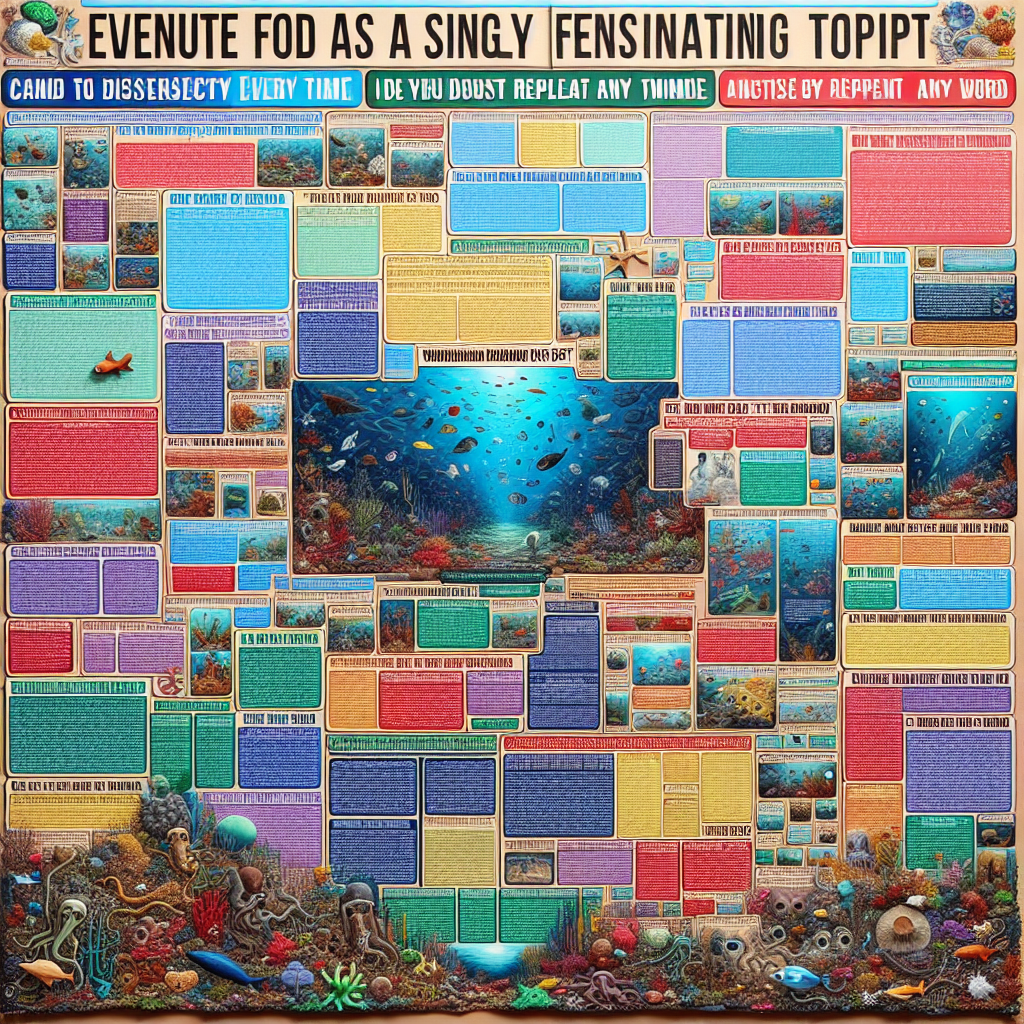Few subjects attract as much curiosity and bewilderment as Quantum Physics. It dives beneath the layers of the mundane world, exploring particles too small to be seen by microscopes. The tiny entities that seem to dance to the unusual, distinct tune. A melody dominated by perplexing laws, unlike anything seen in the universe’s broader scales.
Giving birth to Quantum Physics, German physicist Max Planck theorized in 1900 that light energy was released in discrete packets. Fast forward to 1926, Austrian physicist Erwin Schrödinger constructed the quantum mechanical model of an atom, a concoction of mathematical equations that demonstrated the probability of finding electrons around the atomic nucleus. From the famous Bohr model, which presented the atom, resembling a miniature solar system to Heisenberg’s Uncertainty principle that rocked the scientific world and spread an intellectual wildfire, Quantum Physics advanced rapidly during the early 20th century.
Quantum Physics sports an impressive set of paradoxes that have sparked awe and dread in equal quantities. The Schrödinger’s cat paradox involves a feline, a radioactive atom, and a bottle of deadly poison in a closed box. According to quantum law, the atom can both decay and not decay, creating a superposition of states. Consequently, the cat is simultaneously dead and alive until observed when the superposition collapses into a definite state. It challenges the dichotomy of life and death, and superimposes them, creating a weird reality where everything is and isn’t at the same time.
And how about quantum entanglement? Einstein poetically dubbed it as “spooky action at a distance”. When two subatomic particles interact and then get separated, a change in the state of one instantaneously affects the other, irrespective of the distance between them. It defies locality and the speed limit of light, thus creating an instantaneous connection that Einstein struggled to reconcile with and called it, ‘spooky.’
Quantum Physics encroaches on philosophical territories too. The famous ‘double-slit experiment’ tested whether light behaved as a particle or a wave. The result was itself a paradox. When observed, light behaved as particles, and when unobserved, it behaved like waves. It premises that the act of observing affects the reality of the system.
In science, where empirical evidence and objective observation hold the highest value, such propositions are baffling. It forces one to wonder if uncertainty is the fundamental trait of the universe at the smallest scales. As Feynman quoted, “If you think you understand quantum mechanics, you don’t understand quantum mechanics.” But the beauty of science lies in curiosity, questioning, and the eventual plausible explanations. And Quantum Physics, although cloaked in an enigmatic shadow, has immense potential impacting various scientific disciplines and technologies.
Supercomputers use quantum bits (qubits) to perform complex calculations in seconds what would otherwise take traditional computers billions of years. Quantum cryptography employs the laws of quantum mechanics to create unhackable security systems. Quantum teleportation paves the way for long-distance, hyper-secure data transfer. While currently in nascent stages, these technologies promise a quantum revolution that could radically change our world in the forthcoming future.
In conclusion, Quantum Physics might be a juxtaposition of complexities, but it is certainly invaluable. It develops uncharted scientific pathways, technological advancements, and philosophical debates, unveiling the looming mystery piece by piece. As we dive deeper into the 21st century, it isn’t absurd to assume that quantum mechanics will be our guiding lighthouse, illuminating the path to technological progress and possibly even universal understanding.
Next Title: Enigma of the Divine: Exploring the Influence of Religion on Human Civilization.

Leave a Reply